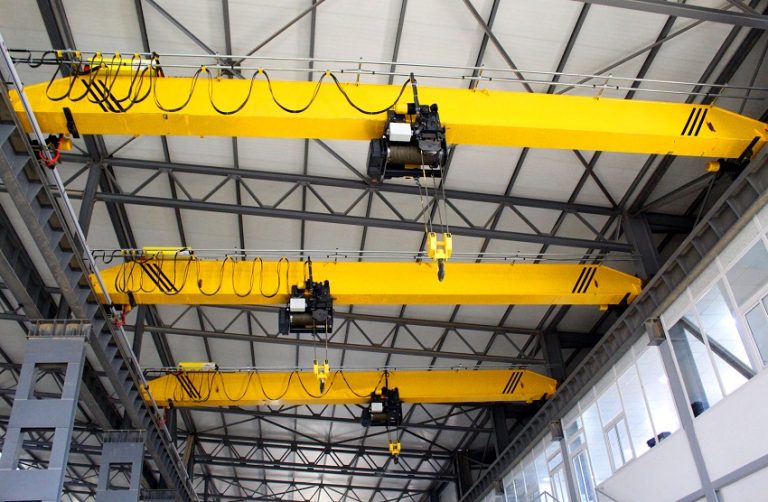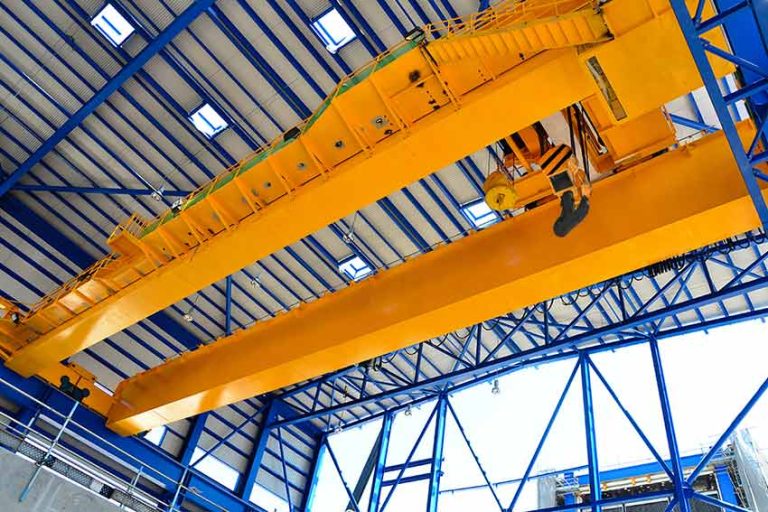Overhead Cranes



Overhead cranes, also known as bridge cranes, are types of cranes that are suspended from a beam or support structure. They are commonly used in industrial settings, such as factories and warehouses, to move heavy objects from one location to another. Overhead cranes typically consist of a horizontal beam, called a bridge, that is supported by two legs that run on tracks along the floor or ceiling. A hoisting mechanism is attached to the bridge, allowing the operator to raise and lower the load. Overhead cranes can be manually operated, or they can be automated using computer controls.
Single girder cranes:
These cranes have a single beam that supports the trolley and hoist. They are suitable for lighter loads and smaller spans.
Double girder cranes:
These cranes have two beams that support the trolley and hoist. They are more suitable for heavy loads and longer spans.
Suspension cranes:
These cranes are suspended from the ceiling or a structure and are used for lighter loads and shorter spans.
